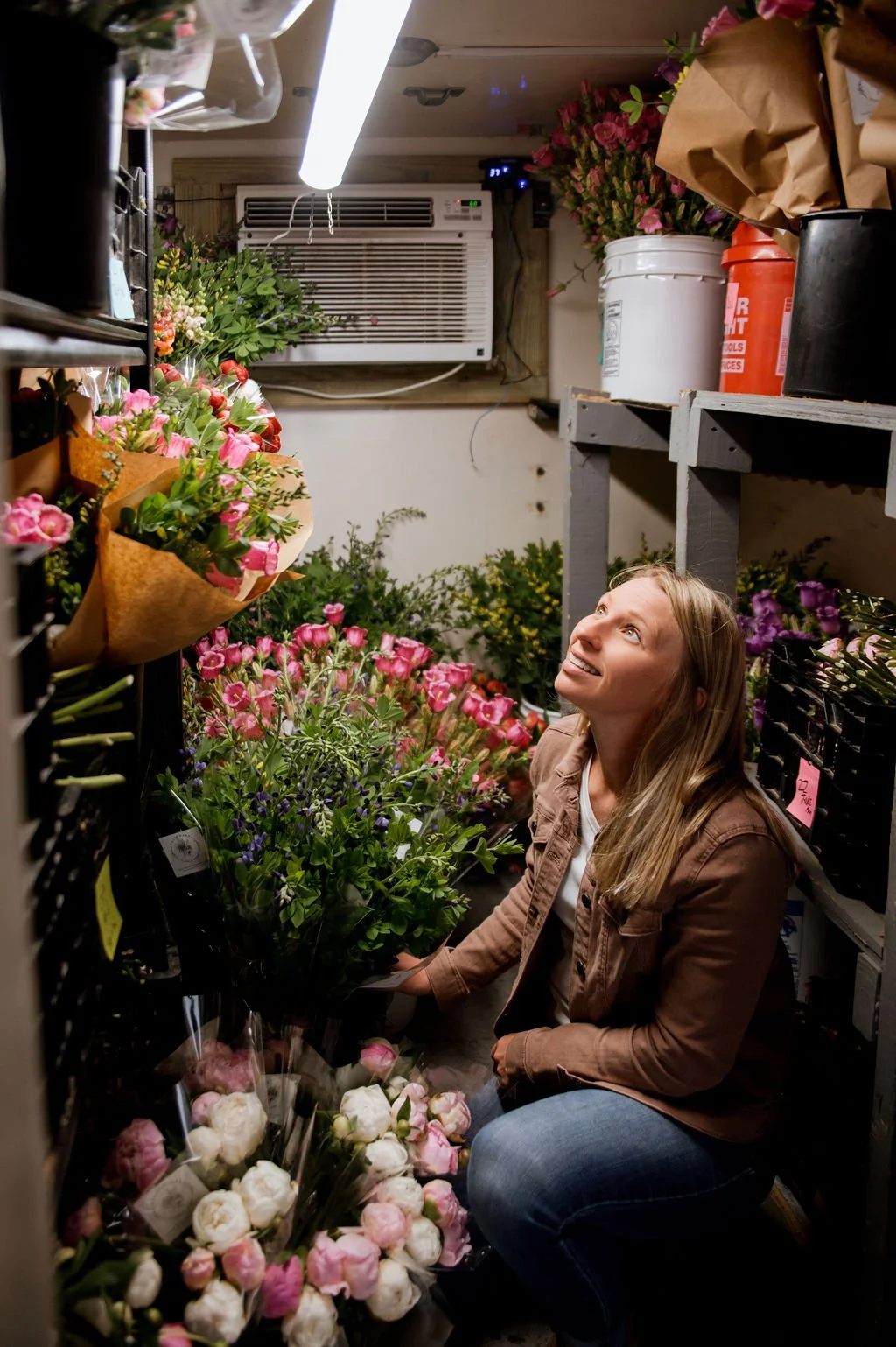How We Fill Gaps in Flower Production and Save Our Sales (SFFF57)
There’s a stretch in the growing season that can feel like a cruel joke. The spring flowers—those tulips, anemones, and ranunculus you babied for months—are done. But the summer stars like zinnias and sunflowers aren’t quite ready. Here in Zone 6 in Central New York, that awkward in-between usually hits in early to mid-July, and we call it the July flower gap.
If you’ve ever stood in your field during this time, wondering what on earth you’re going to put in a bouquet, you’re not alone. This lull can hit your business hard, especially if you’ve built weekly habits with CSA members, florist clients, or regular market customers. The truth is, consistency is currency. And if you disappear for a few weeks, folks might assume you’re done for the season.
Why Consistent Availability Matters More Than Ever
It’s tempting to take the summer off, particularly when your early crops have come and gone and the next flush isn’t quite there yet. But skipping even a few weeks can break the customer habits you’ve worked so hard to build. Florists who don’t hear from you may look elsewhere, and market customers may stop checking your booth altogether.
Consistent sales also support your farm behind the scenes. Your staff needs hours, your cash flow needs stability, and your stress levels need fewer surprises. Even if July doesn’t break records for revenue, it plays an important role in keeping your business reliable and your team engaged.
Our Favorite Crops for Filling the Gap
The key to managing the flower gap is planting for it—on purpose. Some of our best gap fillers are perennials like yarrow, Veronica, Baptisia, and echinacea. Yarrow is a total workhorse. It’s colorful, tough, and surprisingly popular in straight bunches. One year we planted a whole bed of it just to see what would happen, and customers couldn’t get enough.
We also lean on annuals like Dianthus and Snapdragons, planted in the fall or as early as spring will allow. High tunnel-grown sunflowers are another trick, planted early in warm soil to sneak in ahead of the field crops. If we’re lucky, some Lisianthus will start blooming too, but we don’t count on that every year.
Mixed Bouquets: A Seasonal Shift in Strategy
Most of the time, we sell straight bunches. They’re faster to harvest, easier to price, and just more efficient for our farm. But during the flower gap, mixed bouquets take center stage. They help us use what we have, even when we’re short on focal flowers.
The crops blooming in early July often lean filler-heavy things like snapdragons, feverfew, or Veronica. Alone, they may not sell well. But in a mixed bouquet? Magic. It’s not always our favorite work, but it moves product and keeps the market table looking full and abundant.
Planning Ahead Starts With Observation
Every season, we make a point to notice what’s missing. If there’s a week where we’re scrambling to fill CSA shares or pulling together sad bouquets, we write it down. That data is gold during crop planning. You don’t need to grow everything—just the right things that work for your space, customers, and systems.
One thing I learned the hard way was not to go overboard on perennials just because they’re beautiful. If they don’t earn their keep or move at market, they’re not worth the bed space. Stick to crops that are productive, easy to grow, and actually sell. Think about how each plant fits into your workflow, your harvest rhythm, and your customer demand.
Keep Showing Up (Even When It’s Tough)
The July gap might not be your most glamorous time of year, but staying consistent matters. It shows your customers they can count on you. It keeps your CSA running smoothly. And it helps maintain steady cash flow when other farms might be taking a break.
